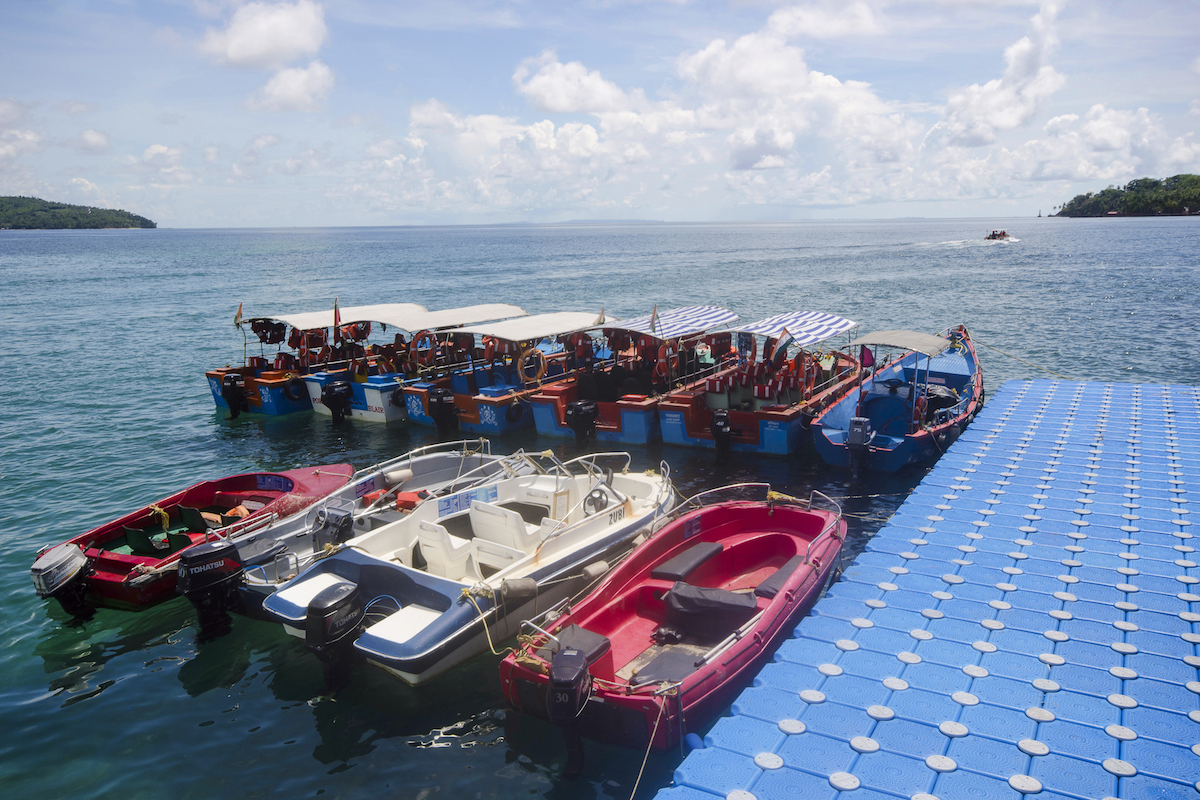With climate change crisis looming large and everincreasing anthropogenic footprint pushing unique biodiversity to the brink of extinction, developmental projects need to be evaluated for their environmental impacts before execution.
The Andaman and Nicobar islands are an archipelago on the Bay of Bengal, bordering the Indonesian island of Sumatra in the south and Cocos island of Myanmar in the North.
Advertisement
Strategically these islands also hold a phenomenal importance in regional geopolitics. Even during the British colonial period, Andaman and Nicobar Islands were the checkpoints to minimize the Dutch, French and Japanese imperialistic influences in South-East Asia. With the passage of time, the situation has not changed, only the political players are different. Still these islands hold the key to check the increasing Chinese influence in this region particularly in the neighboring country of Myanmar.
Against this backdrop, comes the news of building the New Transshipment Terminal in Andaman and Nicobar Islands, a part of the grand plan to develop these islands. The terminal is supposed to be built in the island of ‘Great Nicobar’ and entails an overall investment of 100 billion Indian Rupees. This project will be built in Campbell Bay, at Great Nicobar near the national naval station of ‘Baaz’.
Nestled in the warm waters of the tropics, this island has a plethora of endemic biodiversity. These 572 forested islands host 9,130 animal species of which 1,032 species can be found only in this ecoregion. It is a part of the ‘Sundaland’ biodiversity hotspot. Hotspots are areas in the world with exceptional richness of biodiversity. This is the habitat of diverse terrestrial and marine species – whales, dolphins, dugong, hornbills, marine turtles, saltwater crocodile, Trochus, sea cucumbers, sea-shells, sharks, marine turtles and saltwater crocodiles, to mention a few.
Apart from the unique biodiversity, these islands are the abode of four ‘Negrito’ tribes – the Great Andamanese, Onge, Jarawa, Sentinelese and two of Nicobar island’s ‘mongoloid’ tribes- the Shompen and Nicobarese.
Ships burn modified sulfur rich crude oil for their movements. Shipsource pollutants, namely Carbon dioxide (CO2), Sulfur dioxide (SO2) and Nitrogen dioxide (NO2) all are global warming gasses as well as leaving enormous toxic footprints on the environment. Research indicates that SO2 emission from per liter heavy ship-grade crude oil is 2700 times higher than petrol or diesel used in road transportation sector. Harbours and port terminals also use diesel intensive machineries’ emitting pollutants in the environment. Some of the bulk materials handled by port authorities such as fertilizers, coal, petroleum products, sulfur, and asbestos can result in increase of dust load in the nearby atmosphere.
A 2010 study by Civic Exchange at Hong Kong, reported 519 deaths per year in the Pearl River delta due to SO2 exposure. But experts claim that total premature deaths from all shippingderived air pollution can be even twice this number and by 2030 this figure could rise to 1,100 premature deaths per year due to shipping impacts. Oil and petrochemical pollutants have polycyclic aromatic hydrocarbon (PAH), which can impact the digestive, respiratory and circulation systems.
Any oil seepage or spills in the marine system can reduce oxygen level in waters, impact the phytoplankton community and can destabilize the whole marine ecosystem. Oil pollution also impacts bird species and researches indicates it can have toxic impacts by reducing egg-shell thickness and their breeding success. The near threatened Nicobar pigeon (Caloenas nicobarica) has its breeding ground in the small Nicobar island near the ‘would be’ shipping lanes after the start of the Nicobar Transshipment Terminal.
Physical impacts of anchoring of vessels are known to cause threat to assemblages of infralittoral algae and sensitive benthic flora and fauna. Antifouling paints used in ships have toxic tributyltin (TBT) in them and a 1998 study suggests that north-western Mediterranean waters have around 0.04 nanogram per litre of this toxic contaminant destabilizing the marine ecosystem.
The Chamoli disaster on 7 February has shocked the nation and showed the impact of unplanned developmental projects in the environmentally unique ecoregion of the Western Himalayas. On a similar note, Nicobar Islands should not be viewed as a pawn in a regional geopolitical chess game or a cash cow for financial coffers. It needs to be recognized for its unique biodiversity and environmental wealth. Developmental activities must be scientifically evaluated by unbiased competent agencies before execution of any project.
The best-case scenario would be to keep these untouched, pristine, forested islands free from the burden of unsustainable, non-green developmental models. Climate change and global warming are rapidly changing the weather pattern of this region as well as increasing disaster events in the tropics. In view of this, environmental conservation must definitely be prioritized over short term financial or geopolitical gains.
The writers are, respectively, Assistant Professor and Dean at Jindal School of Environment & Sustainability, O.P. Jindal Global University, Haryana, India.









